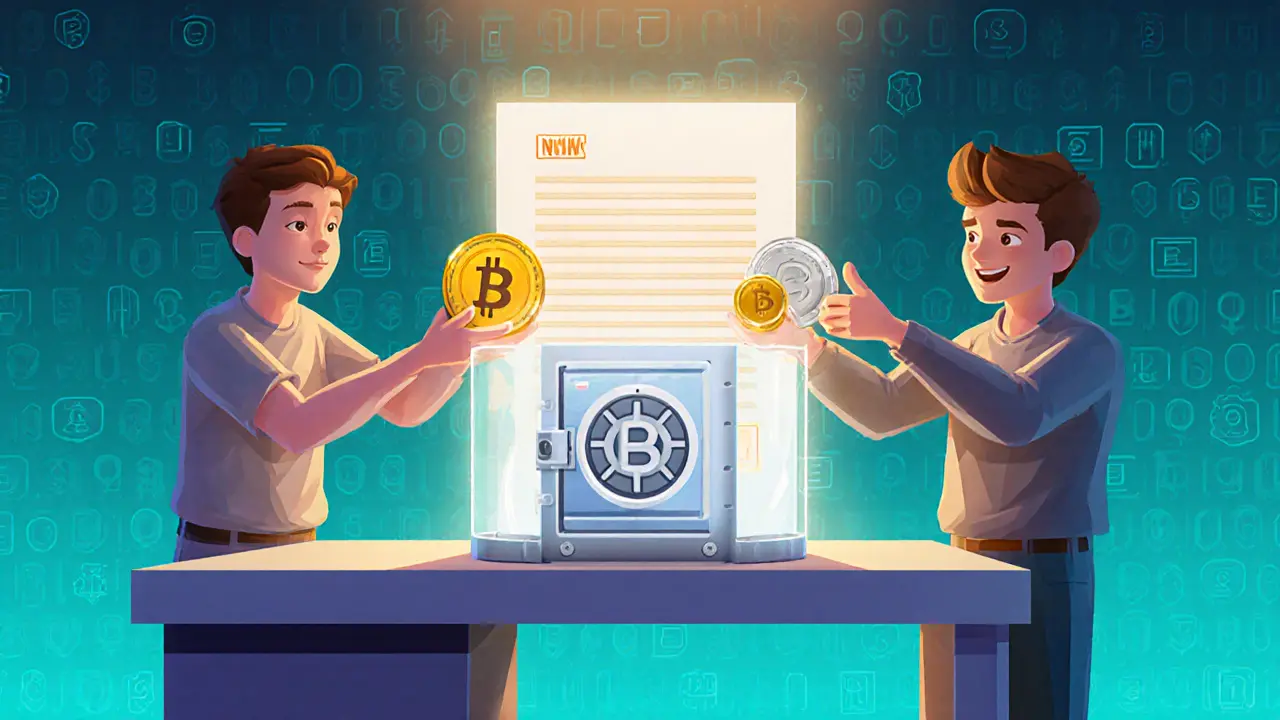Opening State Channel – The Basics and Benefits
When you hear opening state channel, you’re looking at a way to move value off the main blockchain while keeping security. Opening state channel, the initial step of establishing a private, off‑chain ledger between participants. Also called a channel opening, it lets two parties lock funds in a smart contract and then trade instantly without each move hitting the chain.
That concept sits inside a bigger world of state channel, a bidirectional payment tunnel that records a series of transactions off‑chain until settlement. State channels are a core piece of layer 2 scaling, solutions that boost throughput and cut fees by handling activity off the base layer. Think of layer‑2 as the highway that lets many cars travel side‑by‑side while the main road stays clear. When you open a channel, the smart contract on the base chain acts like a gatekeeper, guaranteeing that the final balance can be enforced later.
But a channel won’t open by magic – you need the right tools. A smart contract wallet, a programmable wallet that can interact with contracts automatically often powers the opening transaction. These wallets let you set custom rules, like time‑outs or multi‑sig approvals, and they can even manage gas‑less operations when paired with account abstraction. Account abstraction, another layer‑2 boost, makes the wallet behave like a regular account while still running contract logic underneath.
Finding a partner to open a channel also relies on peer discovery, the process nodes use to locate each other across the network. Without a reliable discovery method, you’d waste time trying to connect to a node that’s offline. Bitcoin’s gossip protocol and Ethereum’s DiscV5 both help nodes announce their presence, so when you’re ready to open a channel you can quickly locate a trustworthy counterparty.
Why opening state channels matters now
Opening a state channel cuts transaction fees dramatically because only the first lock‑up and the final settlement touch the main chain. For gamers, DeFi traders, or anyone moving small amounts frequently, that can mean the difference between a viable app and a cost‑prohibitive nightmare. It also speeds up confirmations – you get near‑instant finality inside the channel, which is crucial for high‑frequency use cases like decentralized exchanges or NFT marketplaces.
Security stays strong because the underlying smart contract guarantees that no one can cheat. If a participant tries to submit an old balance, the contract’s challenge period lets the other side contest it. This blend of off‑chain speed and on‑chain safety is why many projects are building Lightning‑style networks on Bitcoin and similar constructions on Ethereum.
In the collection below you’ll see practical guides on related topics: how decentralized exchanges work without intermediaries, how account abstraction turns wallets into programmable tools, and why peer discovery matters for resilient nodes. Each article adds a piece to the puzzle, helping you move from theory to a live, low‑cost payment channel.
Ready to see the specifics? Dive into the posts and start building your own opening state channels today.
Opening and Closing State Channels: A Practical Guide for Blockchain Developers
A hands‑on guide that explains how to open and close state channels, covers key components, common pitfalls, and best practices for blockchain developers.
- 24
- Read More
